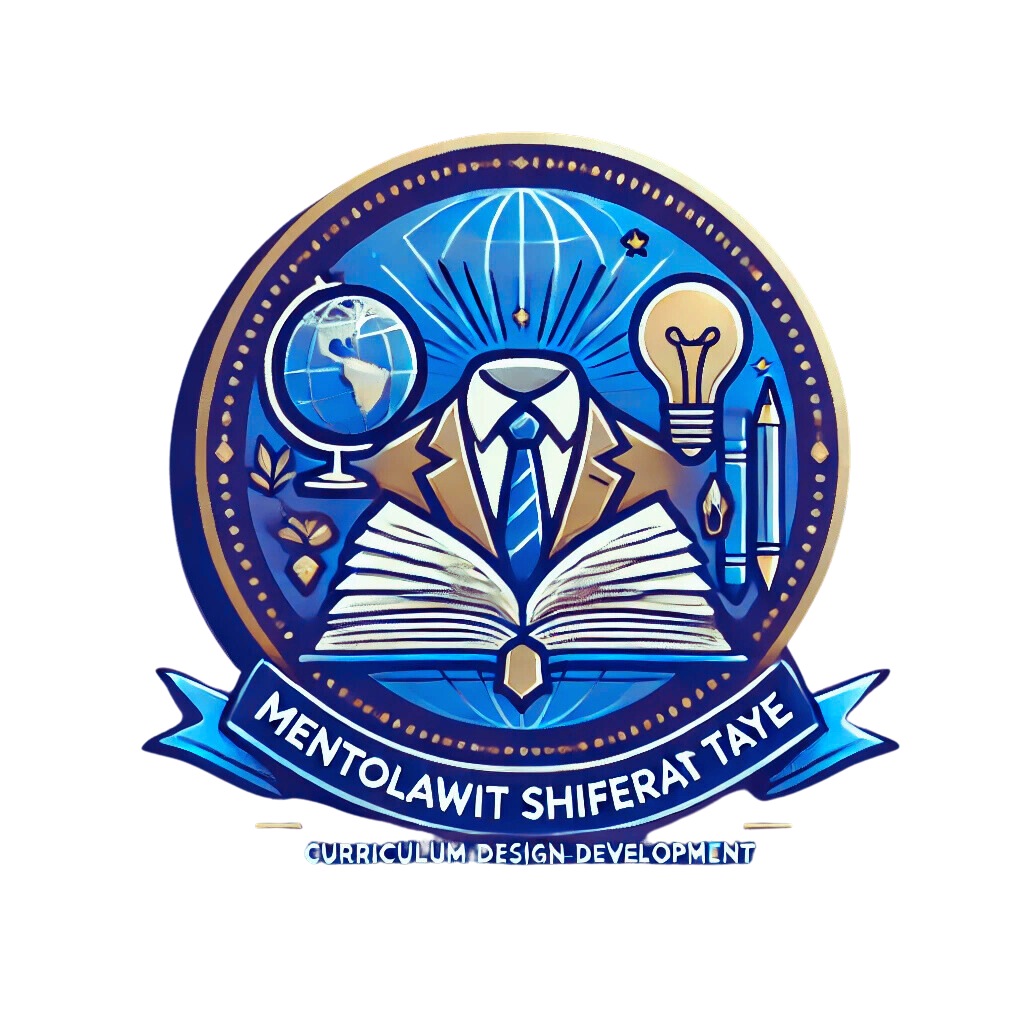When Teachers’ Beliefs Limit Students: The Problem with One-Size-Fits-All Learning
The Unspoken Bias in Classrooms
As parents, we trust teachers to nurture, guide, and educate our children. We expect them to create environments where all students feel seen, valued, and understood. But what happens when a teacher’s personal beliefs about “ideal” behavior and appearance create friction in the classroom? What if the qualities they view as positive—quiet compliance, deference, structured thinking—don’t match the personality, appearance, or learning style of every child?
I’ve seen how teachers’ beliefs about how children should behave and even how they should look can impact their willingness to accept different approaches to learning. When a child is strong-willed, independent, confident, or even physically distinct, those qualities should be celebrated, but instead, they often create strain in classrooms where conformity is the expectation.
The problem arises when teachers view these traits as problems to be corrected, rather than strengths to be understood. In some cases, the child may never break a rule or show disrespect, but simply learn and engage in ways that are different from the teacher’s expectations. This friction often arises not from a student’s behavior but from a teacher’s belief about how learning should look and how students should present themselves.
The Hidden Impact of Teacher Expectations
Teachers, like all of us, carry implicit beliefs about how students should behave, look, and learn. These beliefs—shaped by personal experiences, training, and societal expectations—can unintentionally favor certain learning styles, appearances, and personalities over others.
✔ Some teachers believe “good students” are quiet and obedient—but what about those who process information by engaging in discussion and asking questions?
✔ Some teachers value structure and rule-following—but what about students who thrive in creative, exploratory learning environments?
✔ Some teachers reward students who quickly comply with directions—but what about those who need time to process and think critically before responding?
✔ Some teachers unconsciously favor children who fit their image of a “model student”—whether based on dress, looks, demeanor, or other superficial qualities.
When teachers impose rigid expectations, students who don’t fit that mold face unnecessary challenges—not because they are failing, but because the system isn’t flexible enough to accommodate them. This is how bright, capable children start to feel “too much” or “not enough.”
When a One-Size-Fits-All Approach Fails
The biggest issue with rigid classroom expectations is that they don’t account for neurodiversity, cultural differences, physical appearance, or individual learning styles.
Children who exhibit confidence, independence, and critical thinking skills shouldn’t be seen as problems to manage. They are students with unique strengths that could be cultivated if met with understanding rather than resistance.
Yet, many children face resistance when their approach to learning challenges a teacher’s personal belief of what “good behavior” or “appropriate appearance” looks like. Instead of embracing their individuality, they are pressured to conform.
And the sad truth is, not all kids push back. Many internalize the pressure, shrink themselves, and silence their natural curiosity just to fit in. And that’s the real harm.
What Needs to Change?
1️. Teachers must reflect on their own biases. Recognizing how personal beliefs about behavior, learning, and appearance shape expectations is the first step in making classrooms more inclusive.
2️. Classrooms should celebrate diverse learning styles and personal expressions. Not all students learn or present themselves the same way—collaboration between students and teachers can lead to more meaningful learning experiences.
3️. Schools must provide professional development on flexible teaching strategies. Encouraging adaptability in the classroom benefits both students and teachers.
4️. Parents and educators need to work together. Instead of forcing students to fit into rigid molds, we should advocate for environments that allow them to thrive as they are.
Final Thoughts: Encouraging Student Growth Without Forcing Conformity
Education should empower students to be their authentic selves—not pressure them into shrinking to fit an outdated ideal. When teachers resist flexibility, they unintentionally stifle curiosity, confidence, and individuality.
Many children won’t push back when faced with rigid expectations. They will adjust to meet them, even when it means losing a part of themselves in the process.
That’s why we need to have this conversation. If we truly believe in student-centered education, we must be willing to challenge the beliefs that shape our classrooms.
#Education #BiasInTeaching #InclusiveClassrooms #StudentCenteredLearning #DiversityInEducation

